The History Of NJPW
The cliff notes version of New Japan’s extended history can be summed up like this, in 1972 the face of Japanese wrestling changed forever as Antonio Inoki and Giant Baba both separately left the Japanese Pro Wrestling Association to start promotions of their own. Baba founded All Japan Pro Wrestling while Inoki created New Japan Pro Wrestling, splitting the Japanese wrestling scene pretty evenly down the middle.
Since 1972, New Japan has had it’s fair share of ups, downs, lefts, rights and whatever weird middle ground we’re in currently. But when did this swell of international interest in the New Japan product first start? Because there certainly weren’t this many folks staying up all night for Wrestle Kingdom a decade ago!
Well, New Japan went through their darkest years during the mid-2000s. Back then, forget about international interest! There wasn’t even national interest. This was when crowds were at their smallest, booking was at its most inconsistent, and it appeared to be a real possibility that New Japan would declare bankruptcy. However, following the departure of Antonio Inoki and a clear change in the quality of the booking, the popularity of the company began to climb out of the well it had been trapped down.
As is the case with every successful period in wrestling history, New Japan’s success was tied to the success of their top star. Memphis had Jerry Lawler, Dallas had the Von Erichs, WWF in the 80s had Hulk Hogan, then Austin and Rock, but New Japan? New Japan had the Ace of the Universe, the once in a Century talent, the man with the best hair on earth, Hiroshi Tanahashi. The man who strapped the company to his back and sacrificed his body for the fans and for the business, truly one of the GOATs, but more on him in a bit.
The 2010s became the decade of New Japan with the promotion building a reputation of thoughtful booking, engaging characters and a level of quality that had previously been unreached with their in-ring action. All of this could be exemplified by Tanahashi’s generational rivalry with Kazuchika Okada, Tetsuya Naito’s arduous journey from Stardust Genius to El Ingobernable, and Katsuyori Shibata’s quest for redemption upon his return in 2012. New Japan’s booking and presentation heavily relies on a sport-based approach, which has resulted in the bulk of the content in these rivalries playing out in the ring. They still cut promos and did angles for sure, but New Japan was populated by a roster of extremely gifted storytellers, many of whom have been able to paint a masterpiece on the mat with astounding regularity during their time atop New Japan. All of this also applies to Kenny Omega’s rise through the ranks of Bullet Club, a storyline that played a massive role in exposing New Japan to a broader audience.
Trending
- Two Free Agents Potentially Joining AEW Update
- Netflix Announces Significant Change Ahead Of WWE Raw Deal
- Former WWE Star Expected To Be Returning To The Company
- Seth Rollins Spotted For First Time Since WWE WrestleMania 40
- Former WWE Name To Work With AEW
- Planned Members For New WWE Faction Confirmed
- WWE Star Addresses His Real Age
- WWE Star Responds To Character Being Called A ‘Waste Of Time’
- Real-Life WWE Couple React To Criticism
- Former AEW Star Believes Company Needs To Appeal More To ‘Casual Fans’

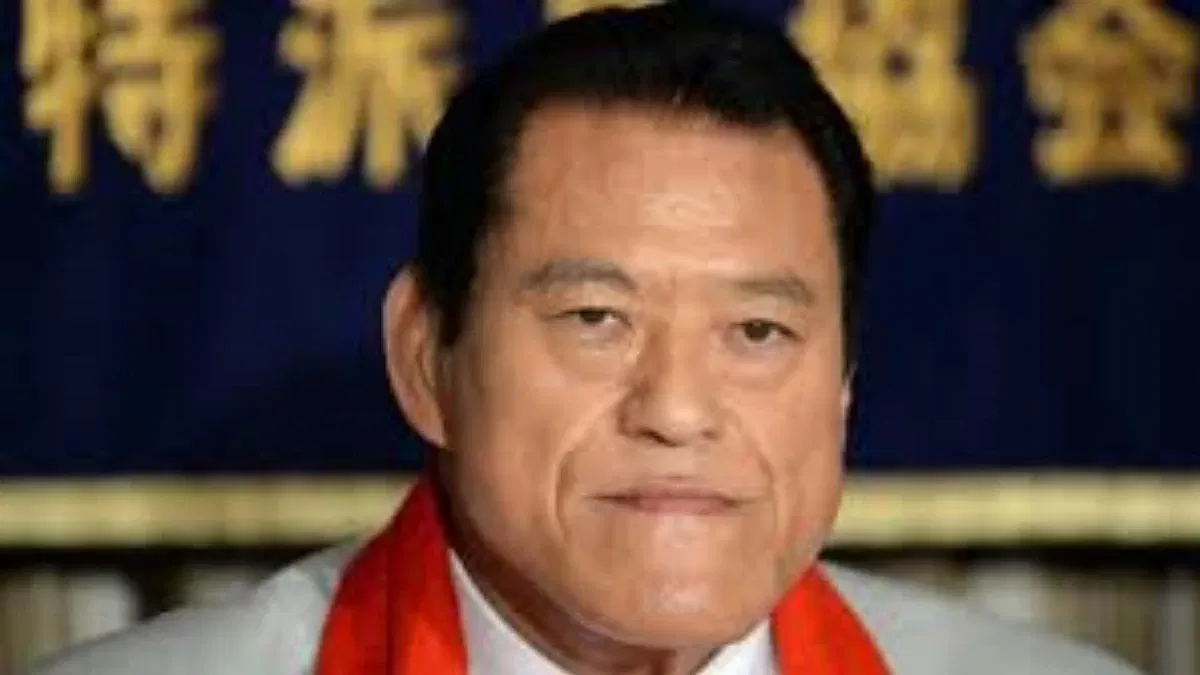
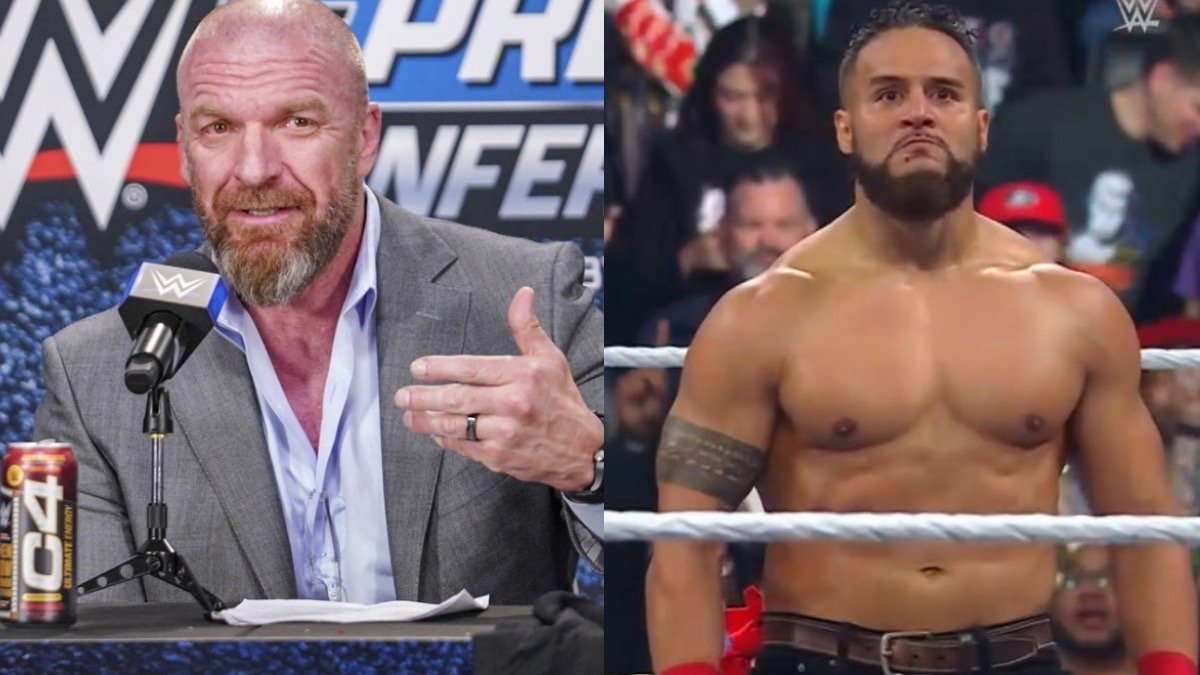
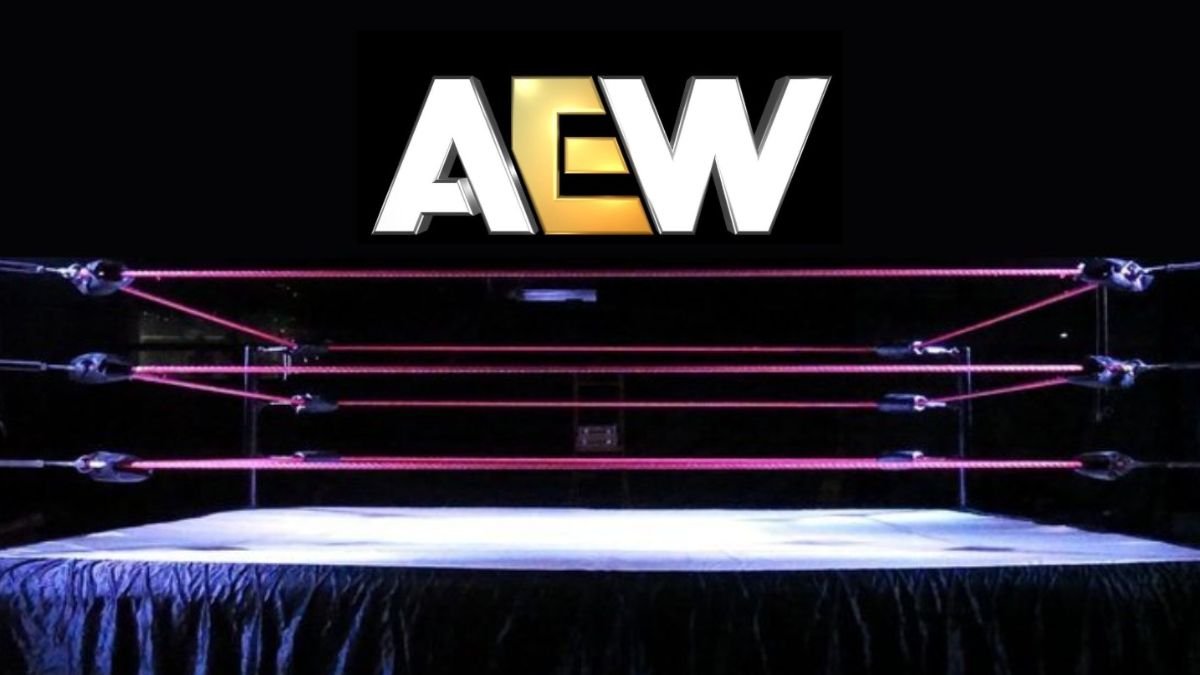

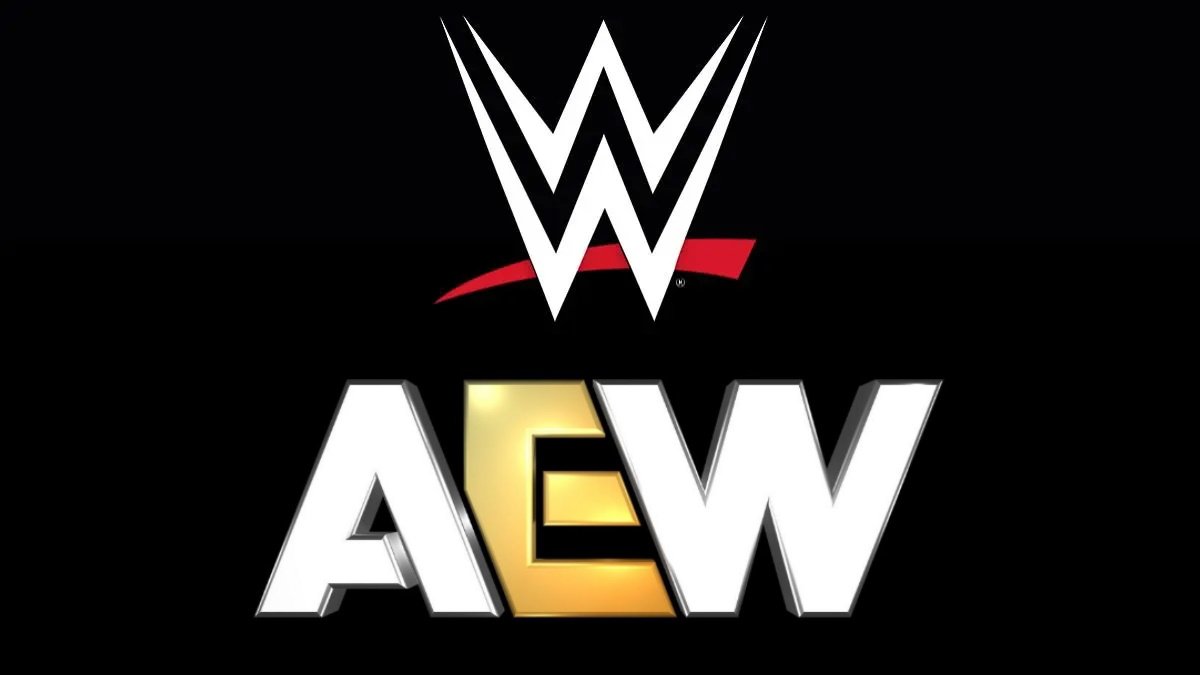
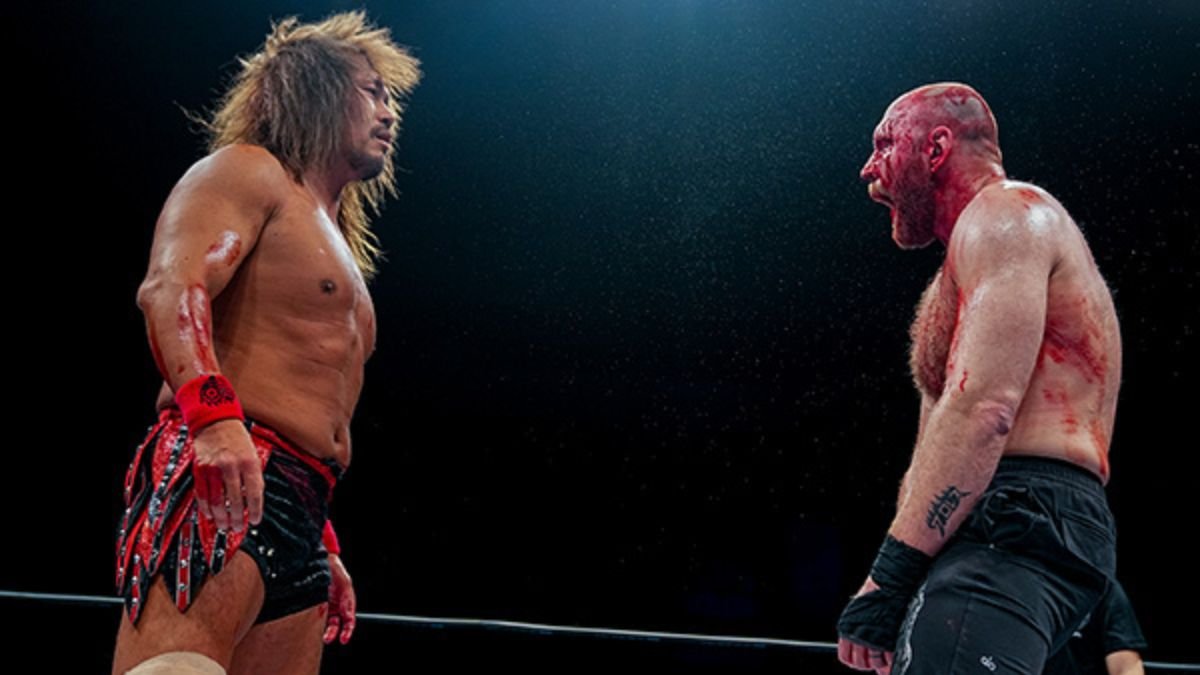


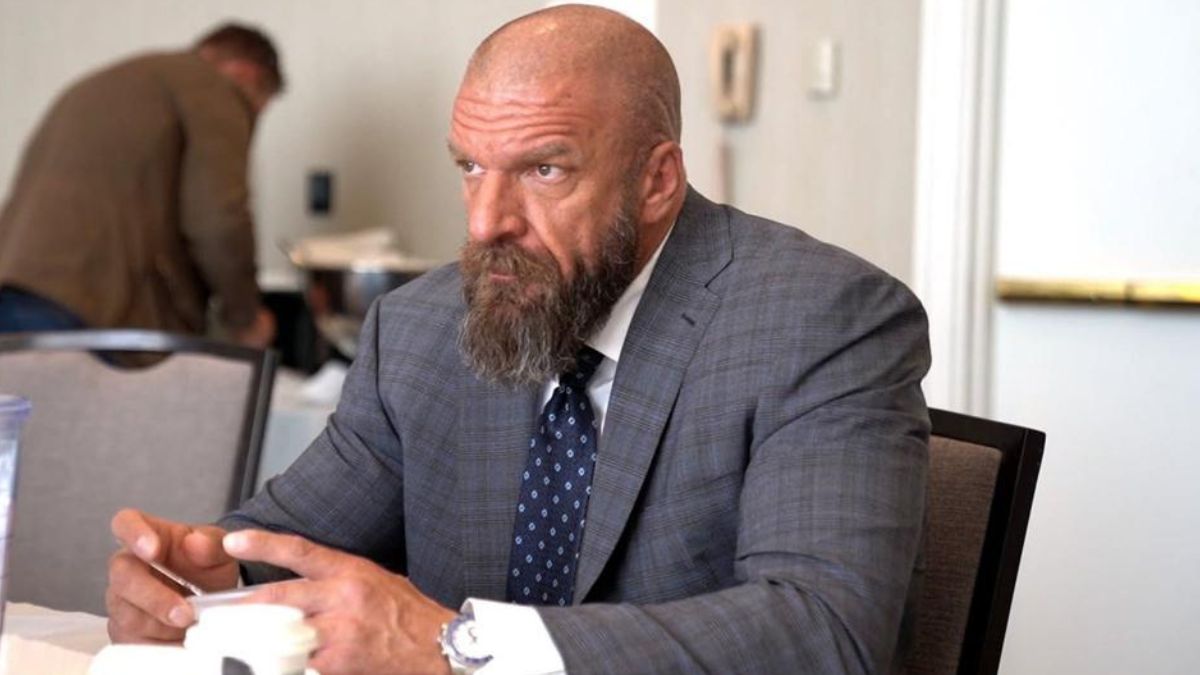
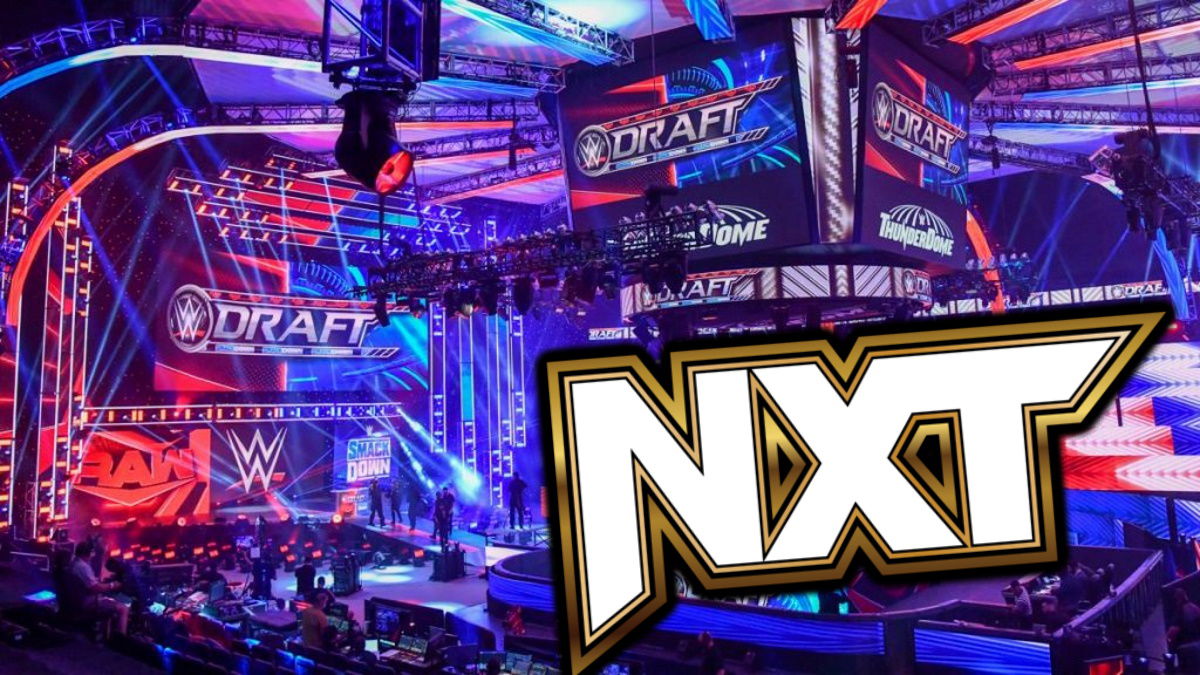
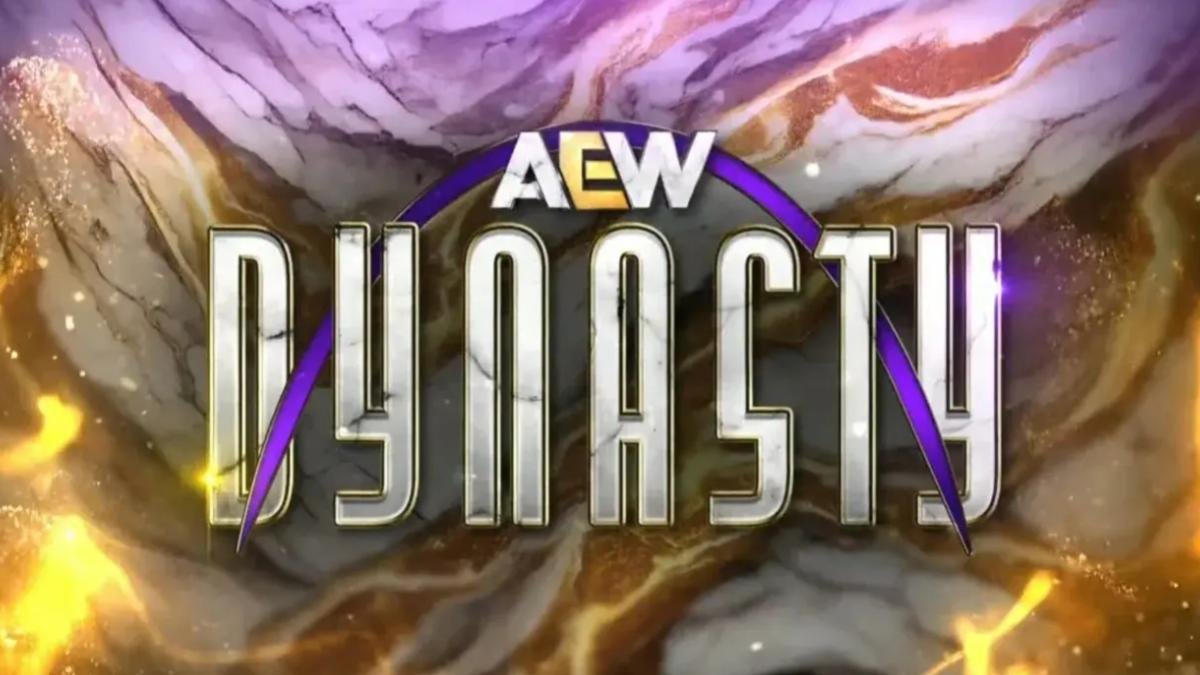

 mailing list
mailing list